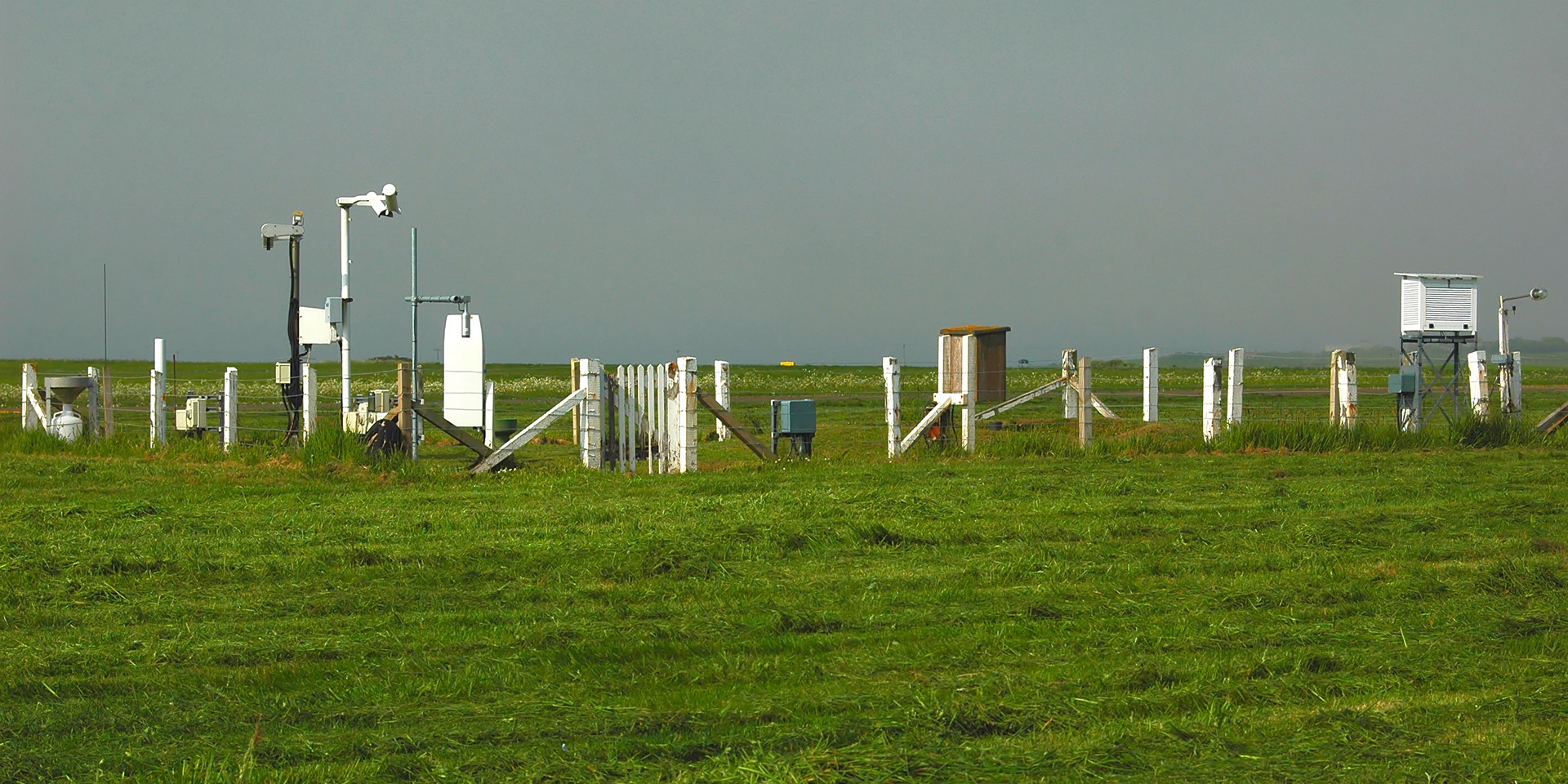Necessary Tips for Establishing and Adjusting Your New Weather Stations
Necessary Tips for Establishing and Adjusting Your New Weather Stations
Blog Article
Exploring the Different Kinds Of Professional Weather Condition Terminals for Accurate Data Collection
When it comes to selecting the appropriate weather terminal for information collection, the market offers a variety of alternatives customized to different needs and settings. Allow's discover the nuances of these professional weather stations to realize their one-of-a-kind performances and identify the best fit for details information collection demands.
Digital Weather Terminals
In the realm of meteorological instrumentation, electronic weather condition stations stand out as sophisticated devices for accurate data collection and analysis. These innovative stations are equipped with sensing units that capture a variety of weather condition parameters such as temperature level, humidity, barometric pressure, wind rate, and instructions. The data gathered by digital weather condition stations is transferred wirelessly to a central console or a computer for real-time monitoring and evaluation.
One of the crucial advantages of electronic weather stations is their capacity to offer high-resolution information with precision and reliability. This level of precision is essential for numerous applications, including farming, research, air travel, and emergency situation reaction. Electronic climate terminals often come with software application that enables individuals to envision the information in various layouts like charts and graphs, facilitating simpler analysis and decision-making.
Wireless Weather Condition Terminals
Structure on the capacities of electronic climate terminals, cordless climate terminals supply boosted ease and adaptability in information transmission and monitoring. By using cordless innovation, these weather condition terminals remove the requirement for difficult wired links, permitting simple setup in different places. The wireless feature makes it possible for real-time data tracking from remote areas, providing meteorologists and weather fanatics with instantaneous access to important info.
Wireless weather terminals commonly include sensors that accumulate data on temperature level, humidity, barometric stress, wind rate, and direction. These sensors wirelessly transmit the information to a central console or receiver, where it is refined and displayed for evaluation. Some advanced cordless weather terminals can even attach to the web, permitting individuals to access their climate data from another location by means of smartphones or computer systems.

Prosumer Climate Terminals
What identifies Prosumer Weather Stations from standard consumer-grade climate terminals? Prosumer Weather Stations bridge the space in between professional-grade and consumer-grade equipment, providing advanced attributes and greater precision than typical home weather condition stations. These terminals are created for climate fanatics, amateur meteorologists, and small services that call for more exact information than what customer designs can give.
Prosumer Climate Stations frequently include a broader variety of sensing units to determine extra meteorological specifications such as UV index, leaf dampness, and soil wetness. They likewise have a tendency to have a higher level of durability and reliability, making them suitable for lasting exterior usage in numerous ecological problems.


Industrial Climate Stations
Industrial Weather condition Stations, additionally referred to as atmospheric monitoring systems, are specialized tools designed for accurate and durable weather condition data collection in commercial settings. These stations are customized to fulfill the distinct needs of commercial operations where precise climate information is essential for safety and security, efficiency, and decision-making processes.
Industrial climate terminals are equipped with sophisticated sensing units that can gauge a wide variety of atmospheric criteria such as temperature level, humidity, Visit Website wind speed and instructions, barometric stress, and rainfall (Weather Stations). These terminals are frequently ruggedly developed to stand up to rough ecological problems typically found in industrial atmospheres
One key feature of industrial weather stations is their capability to offer real-time data tracking and evaluation. This enables industrial facilities to anticipate weather-related dangers, optimize operations based on weather, and guarantee the security of workers and devices. Furthermore, industrial weather stations can be integrated into existing commercial control systems for smooth information monitoring and automation.
Mobile Climate Terminals
Unlike fixed industrial weather terminals, mobile weather condition stations offer versatility and wheelchair for on-the-go information collection in different environmental setups. These compact units are made to be conveniently moved to various locations, making them ideal for area study, emergency response scenarios, farming, construction websites, and outside events.
Mobile weather condition terminals typically consist of sensing units for gauging specifications such as temperature, moisture, barometric pressure, wind rate, and wind direction. Some progressed designs might likewise include extra sensors for checking rains, solar radiation, and UV levels. Regardless of their small dimension, portable climate stations can offering exact and reputable data similar to that of larger, dealt with stations.
Among the essential benefits of portable climate stations is their fast deployment and simplicity of setup. They can be functional within mins, permitting quick data collection and evaluation. Additionally, these stations can be set to transmit real-time information wirelessly, making it possible for individuals to monitor and evaluate ecological problems remotely. Generally, mobile weather stations are important devices for experts needing portable, exact, and timely climate information in diverse settings.
Conclusion
In final thought, expert climate stations come in about his numerous types such as digital, cordless, prosumer, commercial, and mobile. By comprehending the differences in between these types of weather terminals, individuals can make informed choices to ensure they obtain the most reputable and precise climate information for their purposes.
Climate))))
Building on the Continued capacities of digital weather terminals, wireless climate stations supply improved convenience and versatility in information transmission and surveillance. Some advanced cordless weather terminals can even link to the internet, enabling users to access their weather condition data remotely via mobile phones or computers.
Prosumer Weather condition Stations bridge the void between professional-grade and consumer-grade devices, supplying more sophisticated features and higher precision than typical home weather condition terminals. Weather Stations. Overall, mobile climate stations are very useful tools for experts calling for mobile, accurate, and timely weather condition details in diverse settings
By understanding the distinctions in between these kinds of weather stations, people can make enlightened choices to ensure they get the most exact and reliable climate information for their purposes.
Report this page